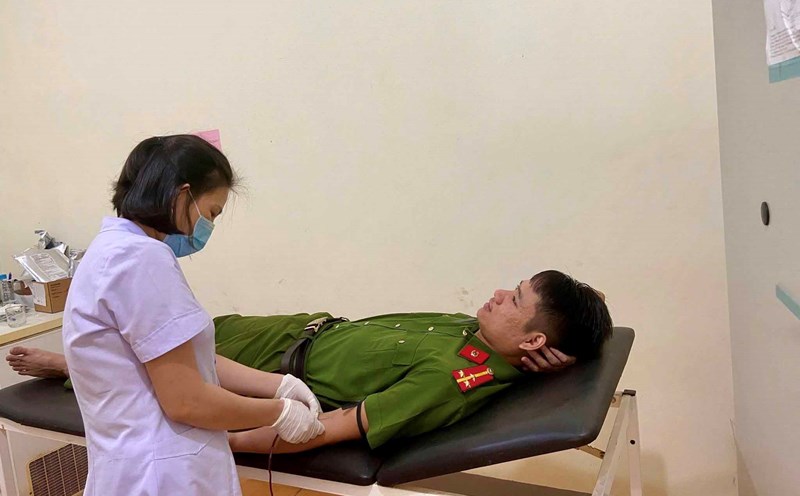Efforts to bring Vietnamese historical scripts to the stage
In the series of outstanding works, the play "Le Chi Vien" recently performed at Thanh Nien Theater, Ho Chi Minh City has attracted special attention. Inspired by the script "Le Chi Garden Secret" by the late composer Hoang Huu Dan, the play was edited and renewed by director Quang Thao, gathering a cast of famous artists: Quang Thao in the role of Nguyen Trai, Dinh Toan taking on the role of Le Thai Tong and Le Thanh Tong, Dai Nghia transforming into Ta Thanh, and actors of the Nu Cuoi Children's Theater.
Le Chi Vien is a reenactment of one of the most famous and controversial plays in the history of Vietnam during the Later Le Dynasty. The 1442 case led to the sudden death of King Le Thai Tong in the lychee garden in his hometown of Nguyen Trai, leading to the sentence of treason for the cardinal Nguyen Trai and his wife Nguyen Thi Lo. Although King Le Thanh Tong later blamed Nguyen Trai, affirming that he was the average victim, the case still left a deep impression on the injustice and harshness of the times.
Previously, Ho Chi Minh City drama stage had made its mark with the play "German Superiector of the Free Army Le Van Duyet - the one who carried the 9 death sentences" (played by IDECAF), creating strong attraction thanks to the tight script, elaborate staging, costumes, music, and props imbued with Vietnamese historical values. The dialogue scenes and lines touching on contemporary social issues have made the work a highlight in stage life in recent times.
Not stopping there, Tran Huu Trang stage staged the play "Gia nhan va anh hung" (author Chu Thom, art director: People's Artist Tran Ngoc Giau). The play exploits the story of Ly Chieu Hoang, Tran Canh, Tran Thu Do, which was a historic milestone of dramatic power transition. Meritorious Artist Vo Minh Lam and many young actors participated, promising to bring a new breath to Vietnamese drama.
In addition to long plays, many art programs also chose historical scripts to perform for young audiences. For example, the night at Parc Mall (HCMC) at the end of September 2025 introduced an excerpt from "Storm of Nguyen Phong", recreating the setting of the Tran Dynasty, along with familiar cai luong and traditional music performances. This is considered a flexible way of promoting, bringing Vietnamese historical plays closer to the public, especially students.
Expectations to spread historical love to young people and preserve the stage
Vietnam's stage is currently facing many difficulties: Tight performance space, decreased audience size, fierce competition from cinema, television and online entertainment platforms. In that context, the fact that history has found its own place is a positive sign. Because each historical play is not only artistic, but also carries the mission of spreading knowledge and arousing national pride.
Young people are the target of playwists. For them, history is often dry on the pages of books, but through the stage, it becomes lively and familiar. Dramatic lines, conflicts of power, injustice, love, betrayal... can all touch the emotions of viewers, making them sympathize with the characters and remember history in the most natural way. The play Shocked Striker Le Van Duyet - the one who carried the 9 death sentences is proof: Young audiences came in large numbers, cheering enthusiastically, and from there, the stage also implemented the program S well-educated in Vietnam to bring historical plays to schools.
The greater expectation is that Vietnamese history will become a bridge connecting the younger generation with cultural heritage and national history. When students have access to history through art, they not only learn knowledge, but also learn to recognize, appreciate, and be proud of their roots. This is even more meaningful in the context of globalization, when foreign culture is flooded, requiring the values of Vietnamese identity to be protected and passed down.
However, to do that, the stage needs to be invested in both script, staging and media. It cannot be stopped at just a few individual plays, the Vietnamese historical drama movement must be maintained regularly, with the cooperation of artists, stage units, schools and even support policies from cultural management agencies. The combination of modern stage technology, lighting, background music, and special effects is also a way to make the work more attractive to young audiences who are familiar with multimedia entertainment.











